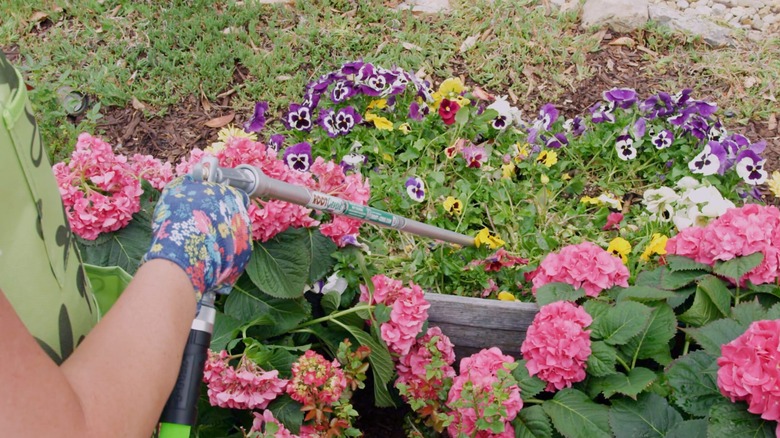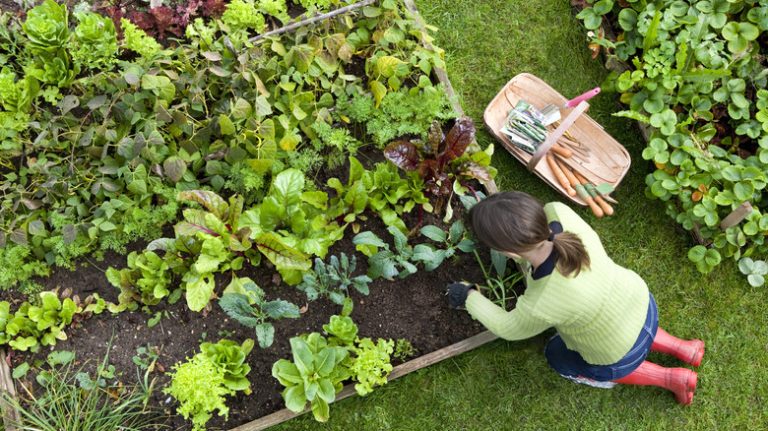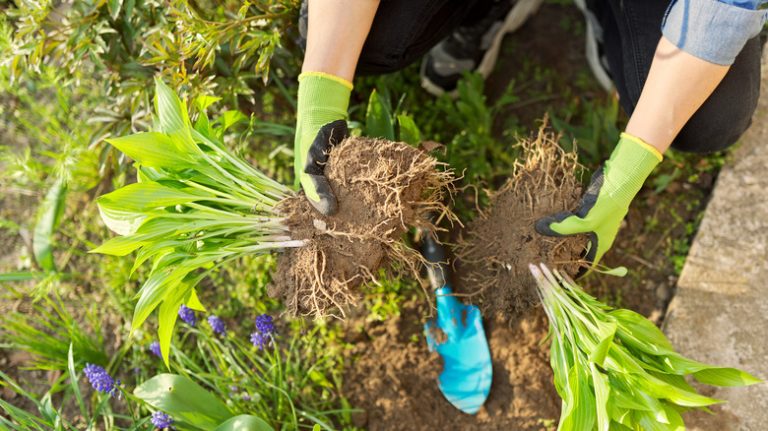Root Genie
It won’t surprise many gardeners to learn that watering a container garden is sometimes more accurately described as watering your deck or patio while occasionally dampening your potting soil. Nor will it be news to any tomato grower that surface watering with sprinklers or garden hose nozzles can contribute to diseases that thrive in the wetness. Sprinklers and hoses are notorious for applying water that ends up running off your garden or evaporating before a plant can use it. Sometimes gardeners take a stab at addressing these problems with soaker hoses or expensive drip and sub-surface watering equipment. The Root Genie wants to take a stab of its own at solving the problem, and for some gardeners, it appears to be a pretty good solution to their problems.
The idea of the Root Genie wand is that whoever’s wielding it can direct water to their plants’ root zones and avoid runoff, overspray, and the like. The patented device is basically an aluminum tube with garden hose threading on one end and a sharp point on the other. It is perforated with 22 holes near the sharp end of the tube so that water can escape into the soil directly surrounding plants’ roots. It can be used by jabbing the wand in the ground and delivering the water directly, or by holding it near the plants’ bases to make sure the water collects in the soil and not on the plants’ foliage.
Root Genie versus garden sprayer
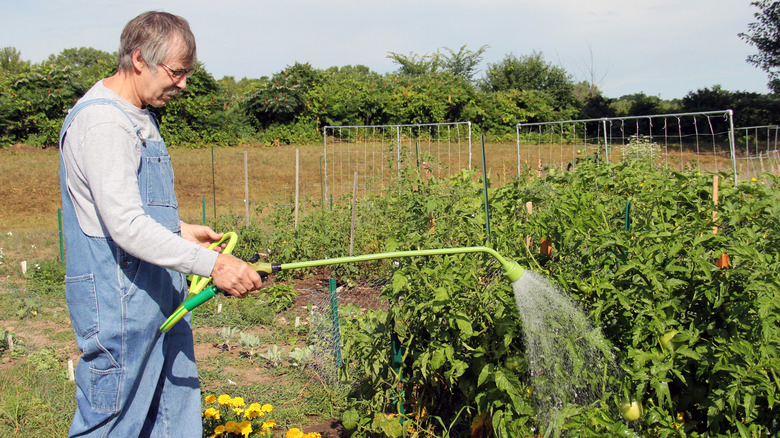
The Root Genie is frequently referred to by its creator as a “garden nozzle,” distinct from ordinary wands and hose sprayers in that it’s purpose-built for delivering water to plants rather than to cars or decks that are being washed. It can be attached to a hose directly, to an inline shutoff valve, or to old-school pistol grip sprayers with threaded noses (Root Genie also sells these for an entirely reasonable $7.99). The wand, when used above ground, reminds one of nothing so much as a typical garden wand on its soaker setting; water pours forth from around the end of the cylinder with plenty of volume and no particular force. The only real difference is that many traditional hose wands come with a built-in trigger that the Root Genie lacks.
As a direct replacement for a standard watering wand, there’s no doubt that the Root Genie works just fine. Using it like this would be a reasonable way to supplement the rainfall for a small bed or container garden. But it doesn’t bring any new capabilities to the table in terms of speed or water efficiency. One exception might be a hidden benefit that even the company doesn’t discuss: The size of the “apertures” should allow for the use of gravity-fed collected rainwater without filtration, unlike drip irrigation methods with their habit of clogging easily.
Root Genie versus drip irrigation
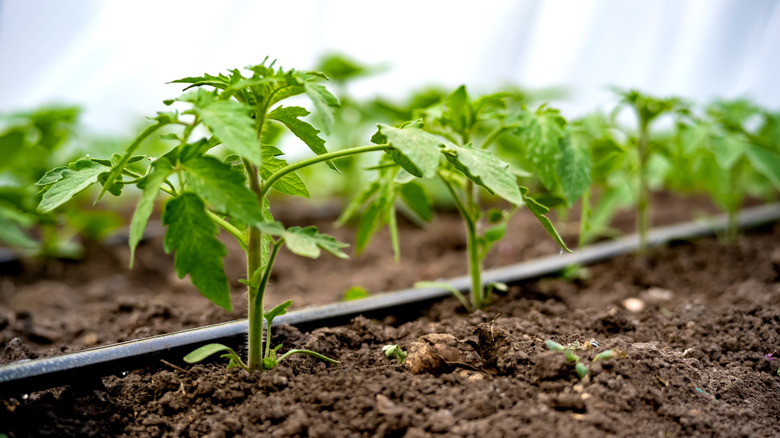
Where the Root Genie wand seems to shine is subsurface watering: Poking the business end of the device into the ground and injecting water directly around the roots. Subsurface watering has a lot of well-established benefits: It saves water, and in the case of vegetable gardens, improves yields while reducing evaporation, shallow-rooted weeds, and diseases. It would be difficult to use normal subsurface irrigation with container plants, but the Root Genie can approximate it. But do container gardens need it? Reasonably well-maintained potting soil can easily be saturated with a soaker wand unless the soil has been allowed to dry out and the presence of hydrophobic peat moss or similar amendments make it difficult to re-wet.
The best use for the Root Genie, then, is in garden soil. While it’s fast enough at doing its job, irrigating a large garden manually with the Root Genie would be slow. There are some other caveats, as well. The maker suggests inserting the wand every 4-6 inches around a plant, presumably in an area large enough to encompass the entire root zone…a task rather more time-consuming than a single jab at the base of a plant. The company also warns that the device won’t work in clay soils, so keep that in mind. On the whole, it seems ideal for situations like the ones shown in the company’s YouTube videos: A handful of containers and a small number of moderate-sized landscaping plants in a bed.

